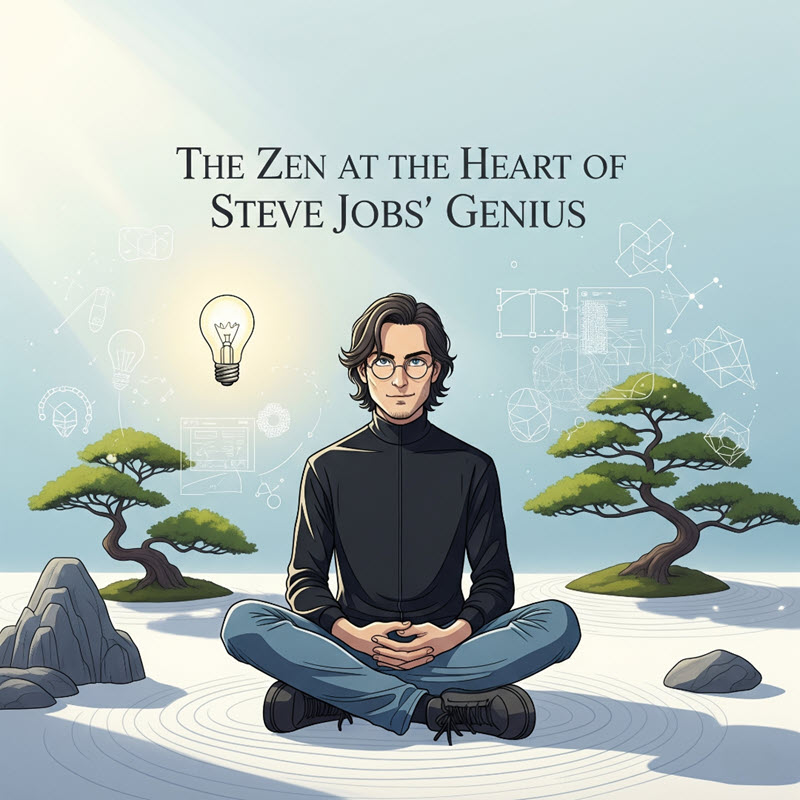
Zen Startup: Bridging Eastern and Western Philosophies in Business
Last updated: October 20, 2025 Read in fullscreen view
- 02 Nov 2023
 Unlocking Success with The Amoeba Management Model: Key Lessons, Pros & Cons, and Finding the Perfect Fit 157/684
Unlocking Success with The Amoeba Management Model: Key Lessons, Pros & Cons, and Finding the Perfect Fit 157/684 - 10 Nov 2021
 5S methodology - the SECRET to Japanese SUCCESS 134/1726
5S methodology - the SECRET to Japanese SUCCESS 134/1726 - 09 Sep 2022
 Kaizen, Kaikaku and Kakushin – what’s the difference? 82/2897
Kaizen, Kaikaku and Kakushin – what’s the difference? 82/2897 - 24 Nov 2022
 Genba Genbutsu Genjitsu (3Gs), (Go to the Genba & see for yourself!) 69/2904
Genba Genbutsu Genjitsu (3Gs), (Go to the Genba & see for yourself!) 69/2904 - 01 Dec 2023
 What is Amoeba Management? 59/897
What is Amoeba Management? 59/897 - 01 Apr 2022
 Ishikawa (fishbone) diagram in software project management 36/3032
Ishikawa (fishbone) diagram in software project management 36/3032 - 10 Apr 2022
 Agile self-organizing teams: What are they? How do they work? 28/435
Agile self-organizing teams: What are they? How do they work? 28/435 - 18 Oct 2020
 How to use the "Knowns" and "Unknowns" technique to manage assumptions 21/989
How to use the "Knowns" and "Unknowns" technique to manage assumptions 21/989 - 05 Oct 2025
 The New Facebook Algorithm: A Paradigm Shift in Content Discovery 19/46
The New Facebook Algorithm: A Paradigm Shift in Content Discovery 19/46 - 21 May 2022
 "Fail Fast, Fail Often, Fail Forward" is the answer to Agile practices of software success 18/941
"Fail Fast, Fail Often, Fail Forward" is the answer to Agile practices of software success 18/941 - 15 Apr 2022
 Total Quality Management (TQM) - Japanese-style management approach to quality improvement. 17/628
Total Quality Management (TQM) - Japanese-style management approach to quality improvement. 17/628 - 17 Mar 2023
 Reduce waste in software development with 3M model: Muda, Mura, Muri 17/860
Reduce waste in software development with 3M model: Muda, Mura, Muri 17/860 - 04 Mar 2024
 Tree Ring Management: Take the Long Term View and Grow Your Business Slowly 15/374
Tree Ring Management: Take the Long Term View and Grow Your Business Slowly 15/374 - 27 Aug 2022
 Kaizen - Culture of Continuous Improvement and Lean Thinking 13/704
Kaizen - Culture of Continuous Improvement and Lean Thinking 13/704 - 01 Oct 2020
 Fail fast, learn faster with Agile methodology 13/973
Fail fast, learn faster with Agile methodology 13/973 - 13 Jul 2022
 Applying the business mantra "HORENSO" to Achieve 360-degree Communication 12/811
Applying the business mantra "HORENSO" to Achieve 360-degree Communication 12/811 - 02 Feb 2022
 Yokoten: Best Practice Sharing from a success 12/1284
Yokoten: Best Practice Sharing from a success 12/1284 - 09 Sep 2022
 What is 5 Whys (Five Whys)? 12/861
What is 5 Whys (Five Whys)? 12/861 - 03 Nov 2023
 Why Is Billable Viable Product An Alternative To Minimum Viable Product? 12/165
Why Is Billable Viable Product An Alternative To Minimum Viable Product? 12/165 - 03 Jan 2024
 What is the Ringi process? 12/876
What is the Ringi process? 12/876 - 01 Mar 2022
 The Toyota Way Management Principles 10/680
The Toyota Way Management Principles 10/680 - 29 Aug 2022
 Difference between Kaizen and Innovation 9/793
Difference between Kaizen and Innovation 9/793 - 21 Sep 2023
 Abraham Wald and the Missing Bullet Holes 9/598
Abraham Wald and the Missing Bullet Holes 9/598 - 30 Jul 2024
 The Future of IT Consulting: Trends and Opportunities 8/131
The Future of IT Consulting: Trends and Opportunities 8/131 - 18 Jul 2024
 The 8 Best ways to Innovate your SAAS Business Model in 2024 8/204
The 8 Best ways to Innovate your SAAS Business Model in 2024 8/204 - 15 Jul 2022
 Hansei Methodology: Continuously Engaging People in Improvement 8/646
Hansei Methodology: Continuously Engaging People in Improvement 8/646 - 10 Nov 2022
 Poor Code Indicators and How to Improve Your Code? 7/213
Poor Code Indicators and How to Improve Your Code? 7/213 - 19 Oct 2021
 Is gold plating good or bad in project management? 7/754
Is gold plating good or bad in project management? 7/754 - 06 Feb 2021
 Why fail fast and learn fast? 6/375
Why fail fast and learn fast? 6/375 - 27 Jul 2024
 Positive Psychology in the Digital Age: Future Directions and Technologies 6/337
Positive Psychology in the Digital Age: Future Directions and Technologies 6/337 - 01 Mar 2023
 Bug Prioritization - What are the 5 levels of priority? 6/207
Bug Prioritization - What are the 5 levels of priority? 6/207 - 12 Dec 2024
 Danshari: A Japanese Minimalist Philosophy for Cleaner Code and Leaner IT Operations 6/18
Danshari: A Japanese Minimalist Philosophy for Cleaner Code and Leaner IT Operations 6/18 - 19 Sep 2022
 Jidoka in Software Development and Odoo ERP/MRP 5/466
Jidoka in Software Development and Odoo ERP/MRP 5/466 - 11 Oct 2022
 Why choose Billable Viable Product (BVP) over Minimum Viable Product (MVP) 5/315
Why choose Billable Viable Product (BVP) over Minimum Viable Product (MVP) 5/315 - 20 Nov 2022
 Agile working method in software and football 5/323
Agile working method in software and football 5/323 - 14 Oct 2021
 Advantages and Disadvantages of Time and Material Contract (T&M) 4/789
Advantages and Disadvantages of Time and Material Contract (T&M) 4/789 - 06 Jun 2022
 HEIJUNKA: The art of leveling production 4/479
HEIJUNKA: The art of leveling production 4/479 - 18 Aug 2022
 What are the consequences of poor requirements with software development projects? 3/242
What are the consequences of poor requirements with software development projects? 3/242 - 08 Oct 2022
 KPI - The New Leadership 3/557
KPI - The New Leadership 3/557 - 31 Oct 2021
 Tips to Fail Fast With Outsourcing 3/375
Tips to Fail Fast With Outsourcing 3/375 - 27 Feb 2025
 How AI Agents are Changing Software Development? 3/170
How AI Agents are Changing Software Development? 3/170 - 01 Jan 2024
 6 Japanese Life Principles That Quietly Transform You 3/22
6 Japanese Life Principles That Quietly Transform You 3/22 - 05 Feb 2024
 Ego and Attachment: Simplify Your Life Today 3/190
Ego and Attachment: Simplify Your Life Today 3/190 - 09 Oct 2024
 Short-Form Video Advertising: The Secret to Captivating Your Audience 3/107
Short-Form Video Advertising: The Secret to Captivating Your Audience 3/107 - 03 Oct 2022
 Purity, Impurity, and the Five Elements 2/227
Purity, Impurity, and the Five Elements 2/227 - 18 Aug 2024
 The Future of Web Development: Emerging Trends and Technologies Every Developer Should Know 2/173
The Future of Web Development: Emerging Trends and Technologies Every Developer Should Know 2/173 - 10 Sep 2024
 Leading Remote Teams in Hybrid Work Environments 2/125
Leading Remote Teams in Hybrid Work Environments 2/125 - 25 Jan 2025
 The Decline of Traditional SaaS and the Rise of AI-first Applications 2/73
The Decline of Traditional SaaS and the Rise of AI-first Applications 2/73 - 26 Sep 2024
 Successful Project Management Techniques You Need to Look Out For 2/368
Successful Project Management Techniques You Need to Look Out For 2/368 - 07 Mar 2023
 Japan’s Unusual Farming Strategy: Renting Land and Leaving It Fallow for 5 Years — Here’s the Truth… 2/31
Japan’s Unusual Farming Strategy: Renting Land and Leaving It Fallow for 5 Years — Here’s the Truth… 2/31 - 04 Aug 2025
 What Programmers Can Learn from Buddhist Philosophy? 2/64
What Programmers Can Learn from Buddhist Philosophy? 2/64 - 23 Sep 2021
 INFOGRAPHIC: Top 9 Software Outsourcing Mistakes 2/411
INFOGRAPHIC: Top 9 Software Outsourcing Mistakes 2/411 - 17 Feb 2022
 Prioritizing Software Requirements with Kano Analysis 2/280
Prioritizing Software Requirements with Kano Analysis 2/280 - 13 Dec 2020
 Move fast, fail fast, fail-safe 2/292
Move fast, fail fast, fail-safe 2/292 - 12 Oct 2020
 The Agile Manifesto - Principle #8 2/447
The Agile Manifesto - Principle #8 2/447 - 07 Oct 2020
 How To Manage Expectations at Work (and Why It's Important) 2/266
How To Manage Expectations at Work (and Why It's Important) 2/266 - 28 Dec 2021
 8 types of pricing models in software development outsourcing 2/417
8 types of pricing models in software development outsourcing 2/417 - 01 Jan 2023
 How To Use Poka-Yoke (Mistake Proofing) Technique To Improve Software Quality 2/589
How To Use Poka-Yoke (Mistake Proofing) Technique To Improve Software Quality 2/589 - 19 Jul 2022
 The 12 Principles of Continuous Process Improvement 2/456
The 12 Principles of Continuous Process Improvement 2/456 - 10 Dec 2023
 Pain points of User Acceptance Testing (UAT) 2/416
Pain points of User Acceptance Testing (UAT) 2/416 - 03 Jul 2022
 Manifesto for Agile Software Development 2/240
Manifesto for Agile Software Development 2/240 - 21 Dec 2023
 Top 12 Low-Code Platforms To Use in 2024 2/1147
Top 12 Low-Code Platforms To Use in 2024 2/1147 - 31 Dec 2022
 The New Normal for Software Development 2/343
The New Normal for Software Development 2/343 - 26 Dec 2023
 Improving Meeting Effectiveness Through the Six Thinking Hats 1/205
Improving Meeting Effectiveness Through the Six Thinking Hats 1/205 - 11 Jan 2024
 What are the Benefits and Limitations of Augmented Intelligence? 1/434
What are the Benefits and Limitations of Augmented Intelligence? 1/434 - 03 Jan 2024
 Why Partnership is important for Growth? 1/145
Why Partnership is important for Growth? 1/145 - 11 Jul 2022
 Lean software development - the game-changer in the digital age 1/229
Lean software development - the game-changer in the digital age 1/229 - 11 Jan 2022
 Lean Thinking and Lean Transformation 1/241
Lean Thinking and Lean Transformation 1/241 - 31 Dec 2022
 Future of Software Development Trends and Predictions for 2023 1/120
Future of Software Development Trends and Predictions for 2023 1/120 - 16 Aug 2022
 What is a Headless CMS? 1/225
What is a Headless CMS? 1/225 - 16 Sep 2022
 Examples Of Augmented Intelligence In Today’s Workplaces Shaping the Business as Usual 1/394
Examples Of Augmented Intelligence In Today’s Workplaces Shaping the Business as Usual 1/394 - 19 Apr 2021
 7 Most Common Time-Wasters For Software Development 1/525
7 Most Common Time-Wasters For Software Development 1/525 - 20 Aug 2025
 What Is Agentic AI? The Next Phase of Artificial Intelligence 1/96
What Is Agentic AI? The Next Phase of Artificial Intelligence 1/96 - 02 Dec 2024
 The Intersection of AI and Business Analytics: Key Concepts to Master in Your Business Analytics Course 1/252
The Intersection of AI and Business Analytics: Key Concepts to Master in Your Business Analytics Course 1/252 - 20 Feb 2025
 How Machine Learning is Shaping the Future of Digital Advertising 1/76
How Machine Learning is Shaping the Future of Digital Advertising 1/76 - 05 Jan 2024
 Easy ASANA tips & tricks for you and your team 1/180
Easy ASANA tips & tricks for you and your team 1/180 - 22 Nov 2024
 The Role of AI in Enhancing Business Efficiency and Decision-Making 1/154
The Role of AI in Enhancing Business Efficiency and Decision-Making 1/154 - 03 Feb 2024
 "Kham Nhẫn" in Business: A Guide to Patience and Resilience 1/149
"Kham Nhẫn" in Business: A Guide to Patience and Resilience 1/149 - 03 Feb 2024
 "Kham Nhẫn" in Business: A Guide to Patience and Resilience 1/149
"Kham Nhẫn" in Business: A Guide to Patience and Resilience 1/149 - 18 Sep 2024
 11 Psychological Defense Mechanisms and How to Recognize Them 1/163
11 Psychological Defense Mechanisms and How to Recognize Them 1/163 - 12 Sep 2024
 Be Water, My Friend: Fluidity, Flow & Going With the Flow /149
Be Water, My Friend: Fluidity, Flow & Going With the Flow /149 - 25 Sep 2024
 Enhancing Decision-Making Skills with an MBA: Data-Driven Approaches for Business Growth /177
Enhancing Decision-Making Skills with an MBA: Data-Driven Approaches for Business Growth /177 - 09 Sep 2024
 How AI Rewriting Can Improve Your Content’s SEO Performance /140
How AI Rewriting Can Improve Your Content’s SEO Performance /140 - 10 Sep 2024
 AI in Email Marketing: Personalization and Automation /154
AI in Email Marketing: Personalization and Automation /154 - 18 Sep 2021
 Dependent Origination: Letting Go /324
Dependent Origination: Letting Go /324 - 02 Feb 2024
 Infusing Buddhism into Daily Work Practices: A Path Towards Mindfulness and Harmony /127
Infusing Buddhism into Daily Work Practices: A Path Towards Mindfulness and Harmony /127 - 15 Aug 2025
 Quantum Technology: Global Challenges and Opportunities for Innovators /56
Quantum Technology: Global Challenges and Opportunities for Innovators /56 - 23 Jun 2025
 AI Avatars in the Metaverse: How Digital Beings Are Redefining Identity and Social Interaction /85
AI Avatars in the Metaverse: How Digital Beings Are Redefining Identity and Social Interaction /85 - 27 Oct 2020
 8 principles of Agile Testing /1195
8 principles of Agile Testing /1195 - 21 Oct 2022
 Virtual meeting - How does TIGO save cost, reduce complexity and improve quality by remote communication? /166
Virtual meeting - How does TIGO save cost, reduce complexity and improve quality by remote communication? /166 - 06 Nov 2019
 How to Access Software Project Size? /236
How to Access Software Project Size? /236 - 09 Oct 2022
 Key Advantages and Disadvantages of Agile Methodology /666
Key Advantages and Disadvantages of Agile Methodology /666 - 10 Oct 2022
 Should Your Business Go Agile? (Infographic) /107
Should Your Business Go Agile? (Infographic) /107 - 01 Jun 2022
 How Your Agile Development Team is Just Like a Football Team? /206
How Your Agile Development Team is Just Like a Football Team? /206 - 01 Jun 2020
 Japan Business Review (JBR) /277
Japan Business Review (JBR) /277 - 02 Nov 2022
 Frequently Asked Questions about Agile and Scrum /372
Frequently Asked Questions about Agile and Scrum /372 - 16 Jul 2022
 What are disadvantages of Agile Methodology? How to mitigate the disadvantages ? /353
What are disadvantages of Agile Methodology? How to mitigate the disadvantages ? /353 - 12 Mar 2022
 The u-Japan concept /234
The u-Japan concept /234 - 28 Nov 2023
 Scrum Team Failure — Scrum Anti-Patterns Taxonomy (3) /228
Scrum Team Failure — Scrum Anti-Patterns Taxonomy (3) /228 - 01 Mar 2022
 Why Does Scrum Fail in Large Companies? /243
Why Does Scrum Fail in Large Companies? /243 - 14 Mar 2024
 Why should you opt for software localization from a professional agency? /117
Why should you opt for software localization from a professional agency? /117 - 19 Dec 2023
 How AI is Transforming Software Development? /275
How AI is Transforming Software Development? /275 - 12 Mar 2024
 How do you create FOMO in software prospects? /127
How do you create FOMO in software prospects? /127 - 18 Jan 2024
 Self-healing code is the future of software development /200
Self-healing code is the future of software development /200 - 01 Dec 2022
 Difference between Set-based development and Point-based development /298
Difference between Set-based development and Point-based development /298 - 31 Dec 2023
 Software Development Outsourcing Trends to Watch Out for in 2024 /160
Software Development Outsourcing Trends to Watch Out for in 2024 /160
Zen Startup: Bridging Eastern and Western Philosophies in Business
In today's fast-paced world, the intersection of Eastern and Western philosophies offers valuable insights for entrepreneurs. The concept of a "Zen Startup" integrates the calm, mindful principles of Zen Buddhism with the dynamic, results-driven approaches typical of Western business models. This blend can help entrepreneurs navigate the complexities of building a successful startup.
The Essence of Zen Philosophy
At its core, Zen emphasizes mindfulness, simplicity, and presence. These principles can profoundly influence how we approach business:
- Mindfulness: Being fully present can improve decision-making and enhance focus on customer needs.
- Simplicity: Streamlining processes helps eliminate waste and keeps teams aligned.
- Compassion: Understanding and empathy can foster better relationships with customers and employees alike.
The Western Approach to Business
In contrast, Western philosophies often prioritize efficiency, competition, and innovation. This results-oriented mindset drives rapid growth and technological advancement. Key characteristics include:
- Dynamic Thinking: Emphasizing agility and quick decision-making.
- Goal Orientation: Focusing on measurable outcomes and performance metrics.
- Risk-Taking: Encouraging entrepreneurs to push boundaries and disrupt markets.
Static Business vs. Dynamic Business
Understanding the differences between static and dynamic businesses is crucial when exploring the Zen Startup model.
Static Business
Advantages:
- Stability: Predictable environments allow for steady growth and operations.
- Established Processes: Clearly defined roles and procedures can enhance efficiency.
Disadvantages:
- Resistance to Change: Static businesses may struggle to adapt to market shifts.
- Limited Innovation: A focus on existing processes can stifle creativity.
Dynamic Business
Advantages:
- Agility: The ability to pivot quickly in response to market demands.
- Innovative Mindset: Encourages new ideas and approaches, fostering a culture of creativity.
Disadvantages:
- Instability: Rapid changes can lead to uncertainty and stress within teams.
- Overextension: Pursuing too many opportunities may dilute focus and resources.
The Gray Areas
In reality, businesses often find themselves in a gray area between static and dynamic. This zone can offer unique opportunities for growth, but it also presents challenges:
- Balancing Innovation with Stability: Companies must find the sweet spot where they can innovate without losing their core identity.
- Mindful Decision-Making: Applying Zen principles can help dynamic businesses make thoughtful choices, preventing impulsive reactions to trends.
- Fostering a Culture of Flexibility: Static businesses can incorporate dynamic practices to encourage innovation while maintaining structure.
Integrating Zen into Your Startup
Here are some practical ways to bring Zen principles into a startup environment:
- Create a Mindful Workplace: Encourage practices like meditation or quiet time to promote focus and reduce stress.
- Simplify Processes: Regularly assess workflows and eliminate unnecessary complexities.
- Embrace Feedback: Cultivate an open environment where employees feel safe to share ideas and concerns.
- Set Meaningful Goals: Align business objectives with a deeper purpose to inspire motivation and commitment.
Conclusion
The Zen Startup philosophy is about striking a balance between Eastern mindfulness and Western dynamism. By integrating these diverse perspectives, entrepreneurs can cultivate a more holistic approach to business that prioritizes both well-being and innovation. Embracing this duality can lead to a more resilient, compassionate, and ultimately successful startup journey.





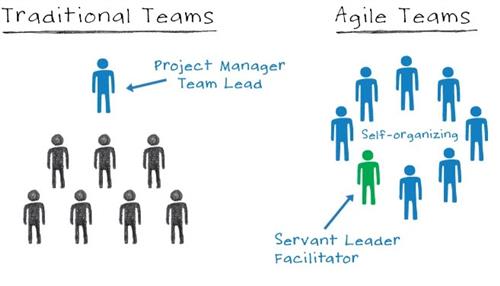
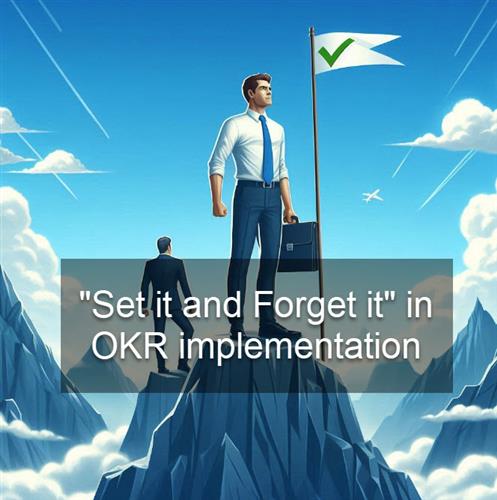






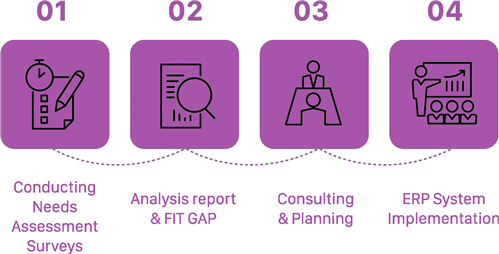
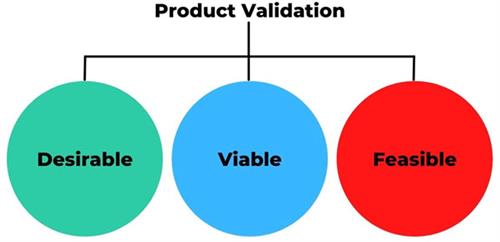
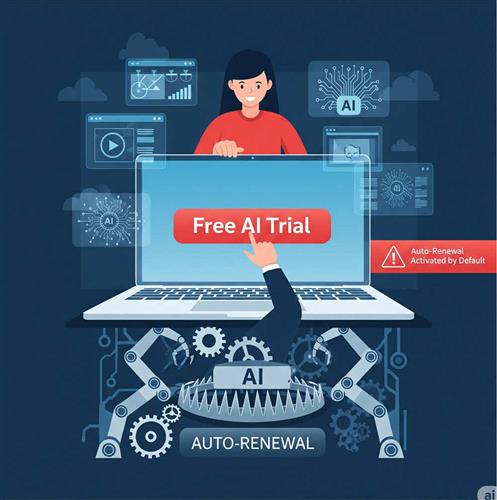
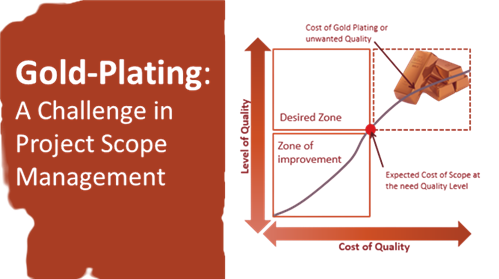


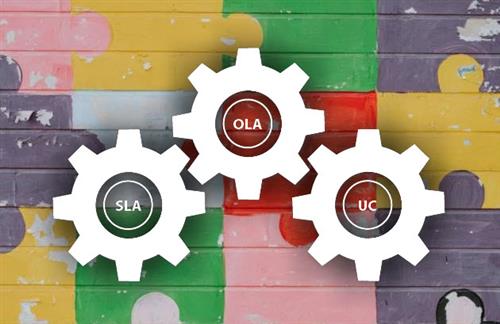
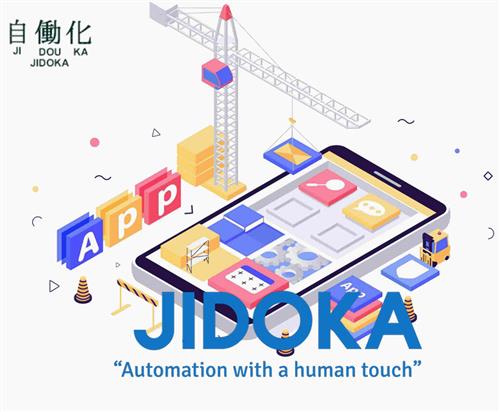
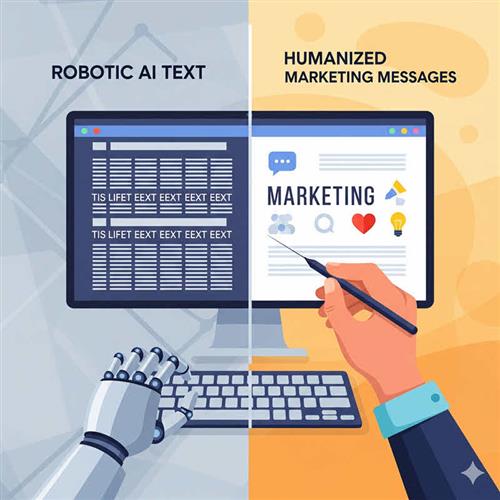


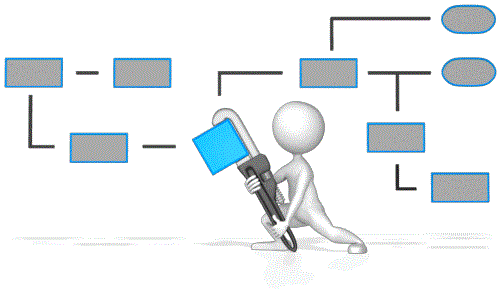









 Link copied!
Link copied!
 Recently Updated News
Recently Updated News